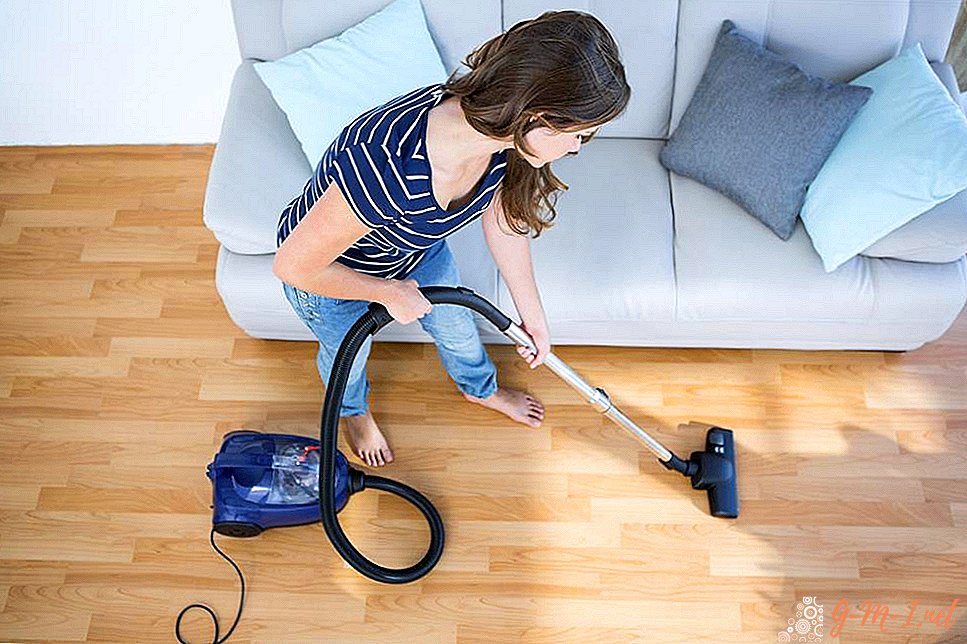Housekeeping is inevitable and mandatory. You can wash off dirt, stains, wool, prints. The only thing that comes back every day is dust. Housewives have a lot of tools and methods in their arsenal, but it is impossible to avoid routine cleaning.

Where does the dust come from and what does it consist of
Particles not visible to the eye constantly fly around us. You can see the largest of them in the sun. Depending on the size of the dust particles, they can continuously fly around the room, slowly settle or immediately lie on the surface.
Flying particles can be divided into two types: biological and technogenic.
What is part of biological dust:
- dead cells of human skin;
- hair;
- pet hair;
- feathers (from poultry or pillows);
- particles from woolen things.
Sources of industrial dust:
- garbage generated during repairs;
- polluted air entering the apartment from outside through the windows.
Residential areas located near any production or quarries become more polluted faster.
Reference!More than 50% of the pollution in our homes and apartments are of natural origin. Sea salt, particles of volcanoes and even cosmic dust - that's what we wipe from the shelves every day! The wind brings microscopic pollution to the most remote corners of the planet.
If you went to the cottage, having previously washed the apartment to shine, do not be surprised - when you return, there will be layers of dust everywhere. She constantly flies in the air and gradually settles.
Where more dust accumulates and why
Small particles in the air fly everywhere, but there are places where there is more pollution. Scientists from Germany conducted a study of the origin and accumulation of pollution in residential premises. One of them proved that in private houses there is more dust than in apartments. But the nature of pollution in cities is technogenic, and in villages it is natural, which is not so dangerous. We found out that the most harmful elements are in apartments of suburban and industrial zones. This is cadmium and lead.
Attention! The main source of dust in the apartment is the carpet in the hallway. It is rarely cleaned, although shoes are wiped several times a day.

Where the "hide" dirt:
- in all carpets: villi contain the most harmful particles that cannot be washed to the end;
- in textiles: curtains, tulle, bedspreads, blankets - any fabric acts like a magnet for dust;
- in children's toys, especially soft ones;
- in inaccessible places: corners, baseboards, the space behind the closet, sofa;
- in computers and laptops.
Environmentalists constantly say that dust is harmful.
Reference! A person living in a metropolis inhales two thimbles of dust or 6 billion particles daily! This amount of dirt contains about 5-10 million microbes.

It is impossible to breathe perfectly clean air. Contamination can be more or less harmful. City air is more dangerous - it is technogenic. Harmless dust: particles of furniture and villi, organic pollution (dead skin, hair), plant pollen.
Dangerous components of air are:
- microbes and fungi;
- rubber particles (worn tires of cars);
- exhaust gases of different origin;
- dried peeling paint;
- chemical powders, shampoos, aerosols, etc.
- cigarette smoke.
There are many diseases that dust can cause: dermatological diseases, conjunctivitis, chronic allergies. It is dangerous for the respiratory tract - causes bronchial asthma. Deteriorates the condition of chronic patients with diabetes mellitus, provokes kidney disease and hearing impairment.
The only plus in the presence of dust is microbes! Once in the body in small doses, they provoke the production of white blood cells. Immunity "recognizes" harmful microorganisms - the principle of action is like a vaccine.
Attention! Experts do not recommend raising children in perfect cleanliness. The more dust in the apartment, the less often children's organisms will respond to external stimuli: cat hair, dairy bacteria, flowering plants.
- Wet cleaning is the only way to reduce the dust content in our homes. It is not necessary to wash the floors every day, but you need to wipe the hallway. It is from the street that all harmful particles fly in.
- Throw away the broom! He collects only large garbage, but disperses a lot of dust. Give preference to vacuum cleaners, preferably with water filters.
- Wash all possible fabric items. Blankets and sheets are first on the list.
- Choose a place where you will comb your hair. This will not spread hair and dead skin particles throughout the apartment.
- Get rid of things you don’t use. Dust bags are useless.
- Get indoor plants. They produce oxygen.

Dust surrounds us everywhere, you should not attach great importance to it and daily wash all surfaces of the apartment to shine. But it is not necessary to clutter the room excessively. Keep balance in everything, then dust will not harm you or your family.


Leave Your Comment